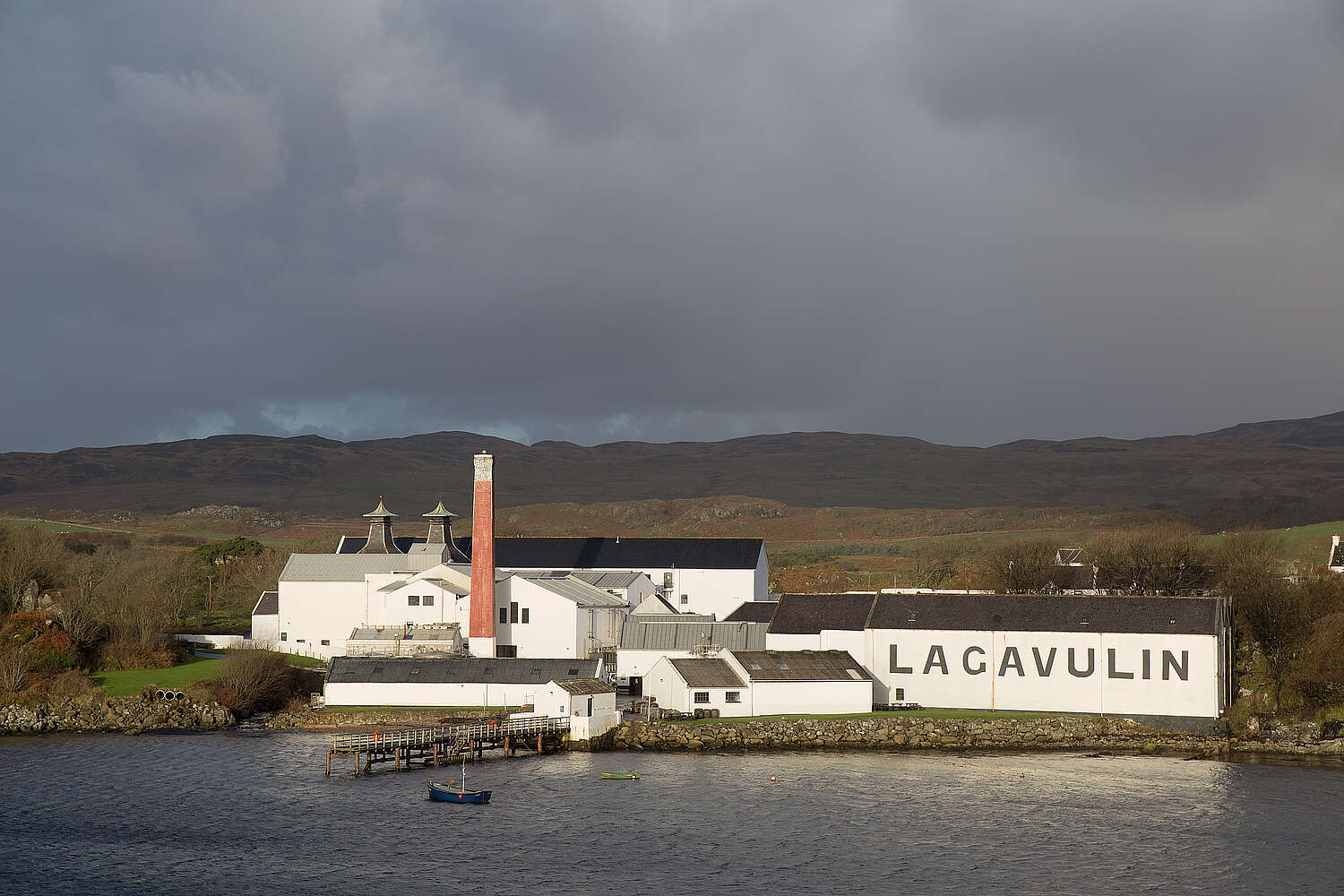When Scotch whisky companies wanted to find a way to explain that whisky is produced all over Scotland, the concept of terroir was wrapped into the idea of regionality. This starting point was good; the problem is that it doesn’t hold up to scrutiny. These regional boundaries are not geographic but political, and the areas are too vast. Are we really supposed to believe that every whisky from the Highlands—stretching from just outside Glasgow to the Orkney Islands—tastes the same? Does every spirit from Dufftown taste alike? No, they don’t. Do all the whiskies produced at William Grant’s three distilleries in that town taste the same? Still no.
The key to whisky is its character, with an emphasis on uniqueness (a term often forgotten when it comes to single malts). So, if regionality is more a matter of political and economic issues—and if half of what creates Speyside’s identity is the blender and the other half is geology—does that mean we should no longer consider terroir? Not at all. We need to rescue the concept and examine it more deeply.
Terroir includes factors like soil, geography, soil ecology, microorganisms, solar radiation, weather, and many other elements. It’s about the importance of place, explaining why something, whether a vine or a distillery, emerges in a specific spot on Earth. Returning to Dufftown, Glenfiddich, The Balvenie, and Kininvie each have their own terroir, as do Mortlach and Glendullan. Forests have terroir too—Swiss oak and Spanish oak may be the same species, but their flavors differ. Trees on the shady side of a hill taste different from those on the sunny side. Barley varieties are also influenced by terroir.
 Lagavulin Distillery’s whisky from Islay is like a distillation of the environment surrounding the distillery.
Lagavulin Distillery’s whisky from Islay is like a distillation of the environment surrounding the distillery.
The interaction between people and all these elements is also a part of terroir. From the drinker’s perspective, a deeper, more conscious understanding of the environment can lead to a deeper appreciation of whisky. Take Islay as an example: the whisky itself may not directly filter out the scent of the island, but if you open your heart and look deeper into the island, you’ll find that it’s discernible. The honey and floral notes of Bruichladdich, the windswept beaches and seaweed of Caol Ila’s Machir Bay, the salty brine with hints of oysters from Kilchoman, the woodland herbs in Bunnahabhain, the mineral taste of wet stones washed in salt from Ardbeg, the tar and dry seaweed from Laphroaig, the bog myrtle and tidal pools of Lagavulin, and the floral and salty blend of Bowmore—all of these reflect the distinctive smokiness of Islay, shaped by its climate and geology. That’s terroir. It’s a multi-layered, interconnected, partially overlapping cultural terroir, a manifestation of the harmony between people and place.
 The use of peat is the most obvious connection between Scotland’s land and whisky.
The use of peat is the most obvious connection between Scotland’s land and whisky.
Japanese whisky is "Japanese" not just because of its climate, oak, and yeast, but also because Japanese cultural aesthetics underpin it, the same way they influence food, art, flower arranging, and poetry. Every Japanese distiller who strives for excellence has said something similar: “We want our whisky to reflect the place we come from.” They’re talking about their fields, their land, the crops that grow there, and the effects of the air, wind, and rain, as well as the past.
According to Fred Revol of the French Hautes Glaces winery, “Terroir is misunderstood as letting the land provide everything and humans are irrelevant. That’s incorrect. Terroir is not just about the land and altitude, but also about process and technique. It is something created by humans at a certain time and place.” Rene Redzepi of Copenhagen’s Noma restaurant describes his understanding of terroir as “a fundamental understanding of time and place—of season and locality.”
This should apply to all whiskies. A dedicated distiller can produce superior products; whisky is not just a product, but a distillation of time and place, crafted by human hands. That is terroir.